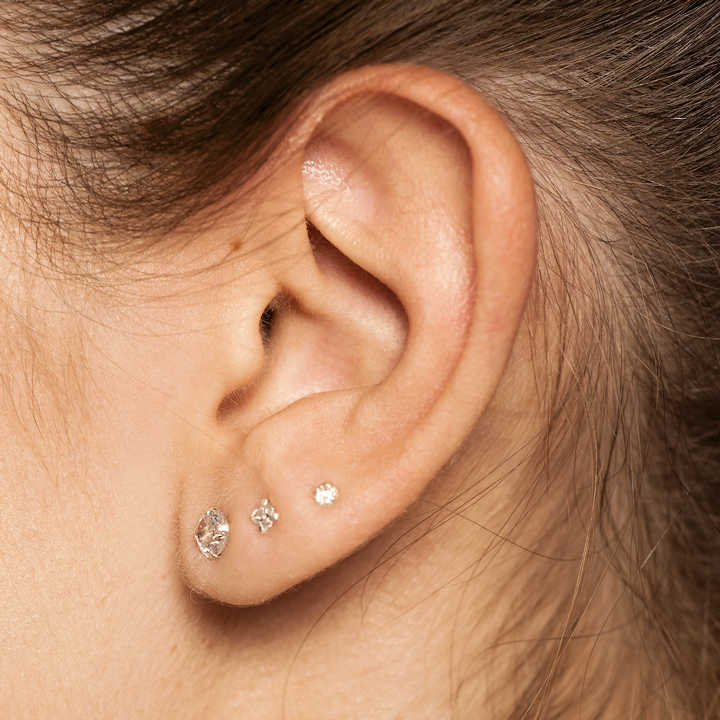Ear piercing is a widely accepted form of body modification practiced by people around the world. Due to the involvement of skin penetration, many places have established rules and regulations to ensure safety and hygiene. These guidelines help protect individuals from harm and promote professional standards within the piercing industry.
Understanding the key rules and regulations related to
Ear piercing Dubai is essential for both clients and professionals. This knowledge supports a safe, respectful, and positive piercing experience.
Licensing and Professional Standards
One of the primary regulations involves licensing requirements for practitioners who perform ear piercing. These regulations ensure that only trained and qualified individuals carry out the procedure.
Licensed professionals must meet specific criteria, which often include completing approved training programs on piercing techniques, hygiene, and safety. Licensing bodies may also require ongoing education to keep skills and knowledge current.
Adhering to licensing rules guarantees that the person performing the piercing has the necessary expertise and understands the risks and proper protocols involved.

Hygiene and Sterilization Protocols
Strict hygiene standards are a cornerstone of ear piercing regulations. Practitioners must maintain clean environments to prevent infections and other complications.
Use of sterilized equipment is mandatory. Single-use needles or tools that undergo thorough sterilization processes are standard requirements. Gloves must be worn during the entire procedure, and hands should be washed and sanitized regularly.
Workspaces should be disinfected between clients, and all materials should be stored properly to maintain cleanliness. These practices are regulated to protect client health.
Consent and Age Restrictions
Regulations typically specify the minimum age at which a person can legally get their ears pierced. This is intended to protect minors and ensure informed consent is given.
In many cases, individuals under a certain age must have parental or guardian consent before proceeding with the piercing. Documentation or signed consent forms may be required to comply with legal standards.
Ensuring that clients understand the procedure and its implications is a part of the consent process. This protects both the client and the practitioner.
Record Keeping and Documentation
Maintaining accurate records is another important regulatory aspect. Professionals are often required to document details about each piercing performed.
Records may include information such as the client’s personal data, the date of the procedure, the type and location of the piercing, and the equipment used. This documentation helps in monitoring and managing any concerns that arise post-procedure.
It also serves as proof of compliance with health and safety regulations during inspections.
Restrictions on Piercing Methods and Materials
Certain regulations may restrict the methods used for piercing. For example, the use of piercing guns might be limited or prohibited due to concerns about hygiene and precision.
Professional body piercing needles are generally preferred as they provide cleaner results and reduce trauma to the tissue.
Materials used for initial jewelry may also be regulated to ensure they are hypoallergenic and safe for skin contact. This reduces the likelihood of allergic reactions and promotes better healing.
Environmental and Waste Disposal Guidelines
Proper disposal of waste generated during piercing procedures is strictly regulated. Used needles, gloves, and other single-use materials must be discarded in designated sharps containers or biohazard bins.
This prevents contamination and protects both staff and clients from exposure to potentially infectious materials.
Facilities performing piercings must comply with waste management laws and ensure that hazardous waste is handled responsibly.
Inspections and Compliance Monitoring
Regulatory authorities may conduct regular inspections of piercing establishments to ensure compliance with all rules and regulations.
These inspections review hygiene practices, equipment sterilization, record keeping, and staff qualifications.
Failure to comply with regulations can result in penalties, fines, or suspension of licenses. Therefore, adherence to guidelines is crucial for continued operation.
Training and Certification Requirements
Many regions require professionals to complete certified training programs before being authorized to perform piercings. These programs cover anatomy, piercing techniques, hygiene standards, and emergency procedures.
Certification demonstrates that the practitioner has the skills and knowledge needed to perform piercings safely.
Continuing education may also be mandated to keep professionals updated on best practices and new developments.
Client Education Responsibilities
Regulations often emphasize the responsibility of professionals to educate clients about the piercing procedure. This includes explaining what to expect, potential risks, and general care principles.
Providing clear and accurate information helps clients make informed decisions and supports safer outcomes.
Practitioners may be required to provide written materials or verbal instructions as part of the regulatory framework.
Ethical Considerations in Piercing
Ethical practices are encouraged by regulatory bodies to ensure respect for client autonomy and dignity.
Practitioners must avoid coercion and ensure clients consent freely without pressure. Confidentiality of client information is also protected under privacy regulations.
Upholding ethical standards builds trust between professionals and clients and promotes a positive industry reputation.
Conclusion
The establishment of rules and regulations governing
Ear piercing in Dubai serves to protect public health and promote high standards within the piercing industry. Licensing, hygiene, consent, and proper training are all critical components of these regulations.
Understanding and adhering to these guidelines ensures that ear piercing remains a safe and enjoyable experience for everyone involved. Both clients and professionals benefit from the clarity and protection these regulations provide.
Source: http://Ear Piercing in Dubai | 